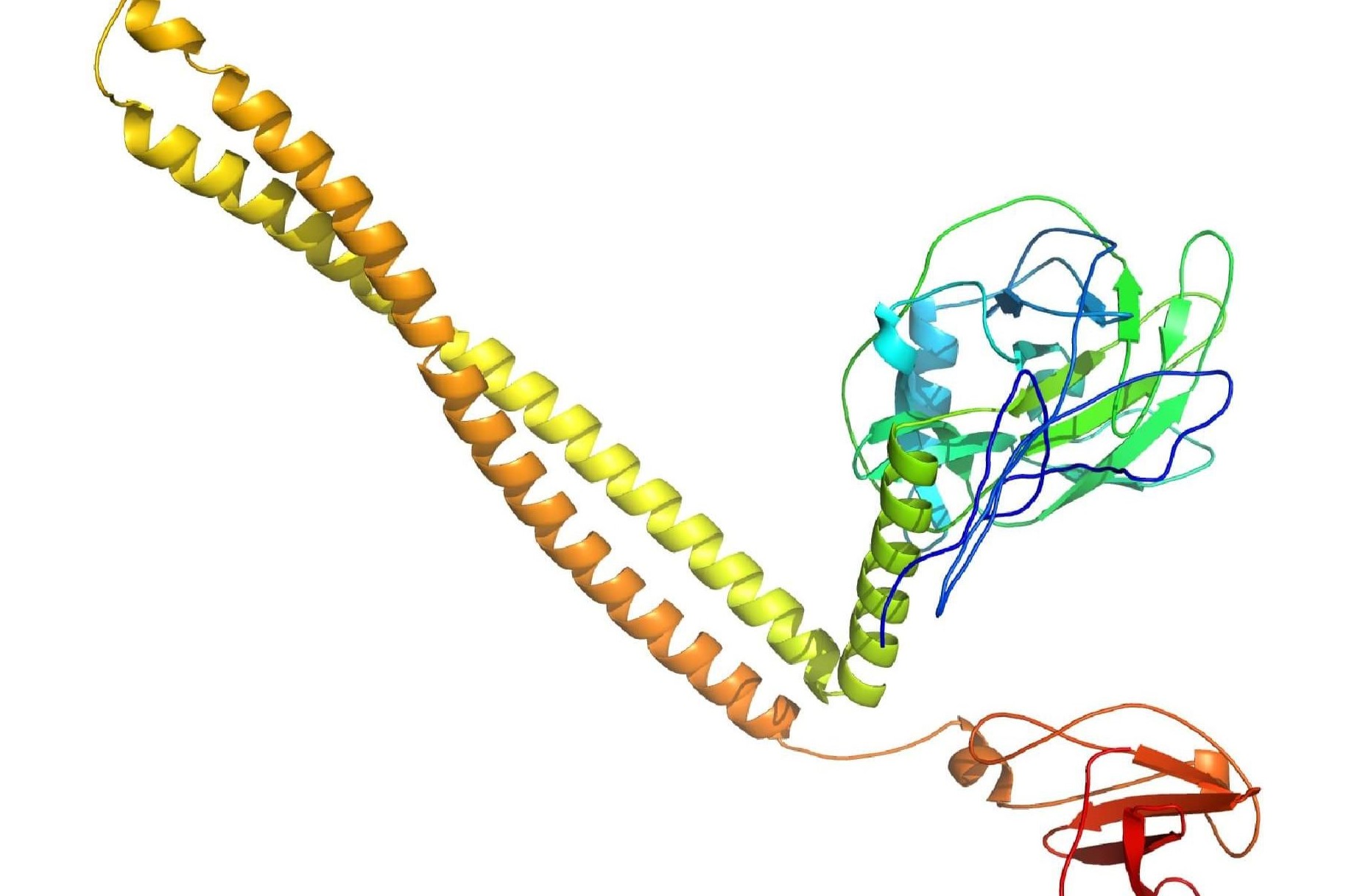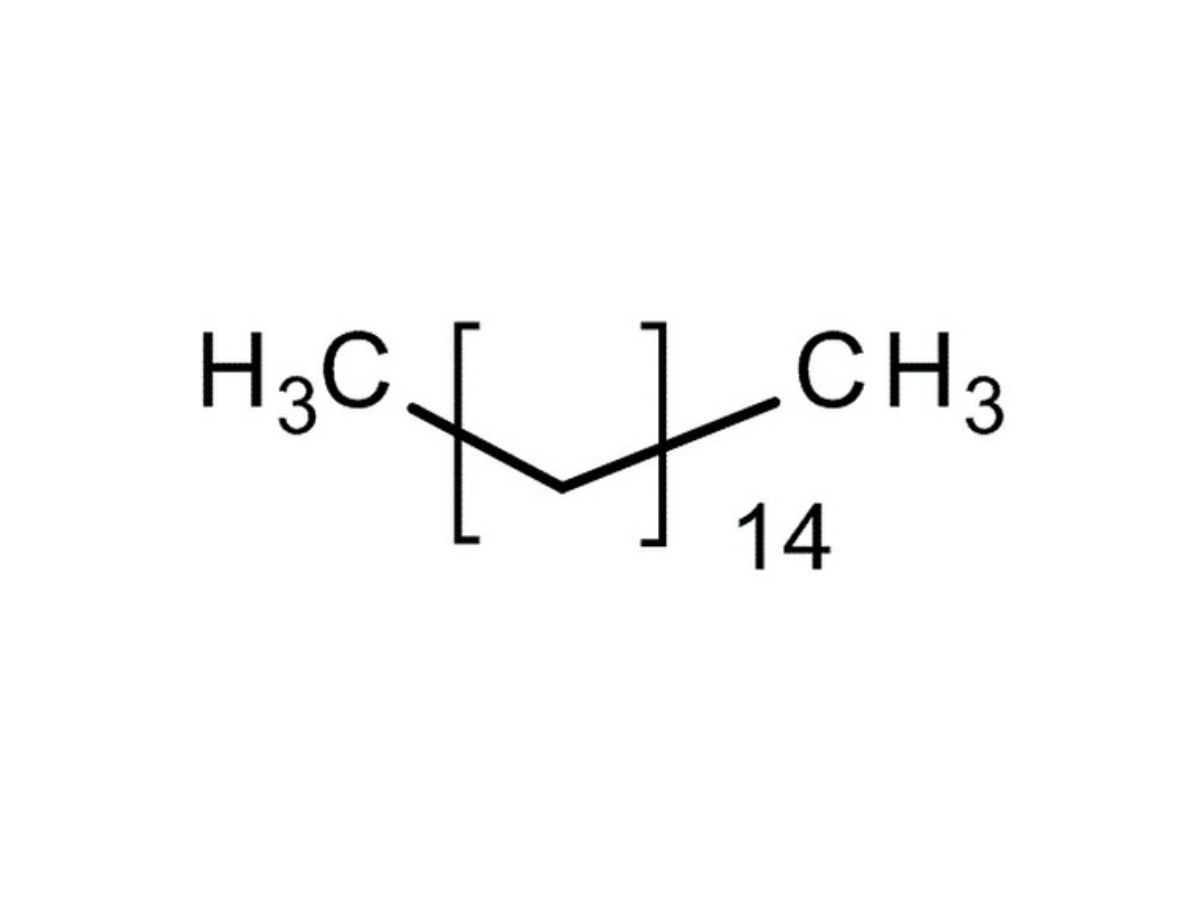
Azadirachtin is a natural compound found in the seeds of the neem tree, Azadirachta indica. This powerful substance has gained attention for its role in organic farming and pest control. But what exactly makes azadirachtin so special? For starters, it acts as an insect growth regulator, disrupting the life cycle of pests without harming beneficial insects. Farmers and gardeners appreciate its effectiveness and eco-friendliness. Additionally, azadirachtin has been studied for its potential medicinal properties, including anti-inflammatory and anti-cancer effects. Understanding these 20 facts about azadirachtin will shed light on why this compound is a game-changer in sustainable agriculture and beyond.
What is Azadirachtin?
Azadirachtin is a natural compound found in the seeds of the neem tree (Azadirachta indica). Known for its insecticidal properties, it has been used in agriculture and medicine for centuries.
-
Azadirachtin is a tetranortriterpenoid. This complex chemical structure is responsible for its effectiveness as an insecticide.
-
It was first isolated in 1968. Scientists identified and extracted it from neem seeds, marking a significant discovery in natural pest control.
-
Azadirachtin disrupts insect growth. It interferes with the hormonal system of insects, preventing them from molting and reproducing.
-
It is effective against over 200 insect species. This includes pests like aphids, beetles, and caterpillars, making it a versatile tool for farmers.
Benefits of Using Azadirachtin
Azadirachtin offers numerous advantages, especially in sustainable agriculture. Here are some key benefits:
-
It is biodegradable. Unlike synthetic pesticides, azadirachtin breaks down quickly in the environment, reducing pollution.
-
Azadirachtin is non-toxic to humans. This makes it safer for farm workers and consumers compared to many chemical pesticides.
-
It has low toxicity to beneficial insects. Pollinators like bees and predatory insects are less affected, helping maintain ecological balance.
-
Azadirachtin can be used in organic farming. It meets the standards for organic certification, providing a natural pest control option.
How Azadirachtin Works
Understanding the mechanism of azadirachtin can help appreciate its effectiveness. Here’s how it works:
-
Azadirachtin acts as an antifeedant. Insects that come into contact with it lose their appetite, reducing crop damage.
-
It disrupts insect reproduction. By interfering with hormone production, it prevents insects from laying eggs.
-
Azadirachtin causes sterility in insects. This further reduces the population of pests over time.
-
It affects larval development. Insects exposed to azadirachtin fail to develop properly, leading to death before reaching adulthood.
Applications of Azadirachtin
Azadirachtin has diverse applications beyond just pest control. Here are some interesting uses:
-
It is used in cosmetics. Azadirachtin’s antibacterial properties make it a popular ingredient in skincare products.
-
Azadirachtin is found in medicinal products. Traditional medicine uses it to treat skin conditions and infections.
-
It is used in pet care. Azadirachtin-based products help control fleas and ticks on pets.
-
Azadirachtin is applied in forestry. It helps protect trees from pests without harming the environment.
Challenges and Considerations
Despite its benefits, there are some challenges associated with using azadirachtin. Here are a few:
-
Azadirachtin can be expensive. The extraction process is complex, making it costlier than synthetic pesticides.
-
It has a short shelf life. Azadirachtin degrades quickly, requiring careful storage and handling.
-
Azadirachtin may require frequent application. Its effects can diminish rapidly, necessitating repeated treatments.
-
It can be less effective in extreme weather. High temperatures and heavy rainfall can reduce its efficacy, posing a challenge for consistent pest control.
Final Thoughts on Azadirachtin
Azadirachtin, a natural compound from the neem tree, packs a punch in pest control. It disrupts insect growth, making it a go-to for organic farming. Unlike synthetic pesticides, azadirachtin is eco-friendly, breaking down quickly in the environment. This means less harm to beneficial insects and soil health.
Farmers and gardeners appreciate its versatility. It works against a wide range of pests, from aphids to caterpillars. Plus, it's safe for humans and pets, adding peace of mind when used around homes and gardens.
Incorporating azadirachtin into pest management strategies can lead to healthier crops and a more sustainable environment. Its natural origin and effectiveness make it a standout choice. So, next time pests threaten your plants, consider azadirachtin as a powerful, green solution.
Was this page helpful?
Our commitment to delivering trustworthy and engaging content is at the heart of what we do. Each fact on our site is contributed by real users like you, bringing a wealth of diverse insights and information. To ensure the highest standards of accuracy and reliability, our dedicated editors meticulously review each submission. This process guarantees that the facts we share are not only fascinating but also credible. Trust in our commitment to quality and authenticity as you explore and learn with us.


